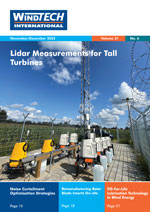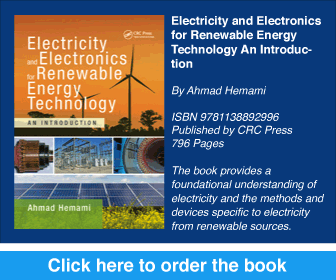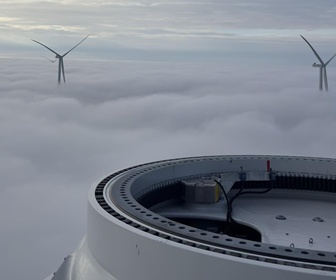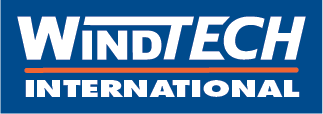Potential, Challenges and Opportunities
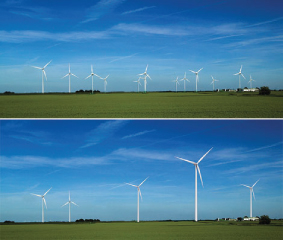 Wind turbines installed throughout the USA in the 1980s and early 1990s are reaching the end of their useful lives; in fact, 1,500MW of wind capacity is older than 15 years. Wind turbine technology has evolved significantly over the past 20 years, making new turbines more powerful and better able to capture the wind power potential at these sites. At the same time, a number of challenges exist for the owner or developer considering repowering. This article discusses the repowering potential in the USA along with the drivers and barriers that shape the repowering decision and market.
Wind turbines installed throughout the USA in the 1980s and early 1990s are reaching the end of their useful lives; in fact, 1,500MW of wind capacity is older than 15 years. Wind turbine technology has evolved significantly over the past 20 years, making new turbines more powerful and better able to capture the wind power potential at these sites. At the same time, a number of challenges exist for the owner or developer considering repowering. This article discusses the repowering potential in the USA along with the drivers and barriers that shape the repowering decision and market.By Alicia Abrams, Consultant, DNV KEMA, USA



